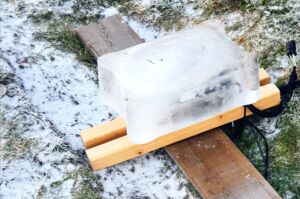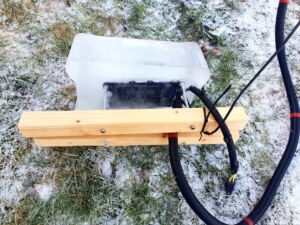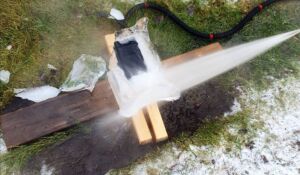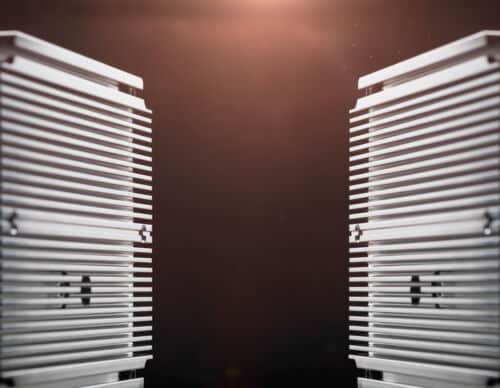Telematics Solution
Product update

Specification
A cornerstone of this endeavor was the selection of the AM62 processor from Texas Sitara. This processor, purpose-built for low-power edge artificial intelligence processing, was an ideal fit for the complex demands of human-machine interfaces and IoT applications. Boasting up to four 64-bit Arm Cortex-A53 cores, operating at 1.4 GHz, it promised not only power but also finesse. The ability to support dual-screen displays with full-HD resolution, along with a programmable real-time unit (PRU) and an industrial communication subsystem (ICSS) for precise peripheral control, made it a compelling choice.
In addition to this, the solution was tailored to include 4G communication with a 2G fallback, Bluetooth, GPS, Canbus, and serial communication capabilities. This comprehensive suite of communication features further solidified the solution’s versatility and adaptability.
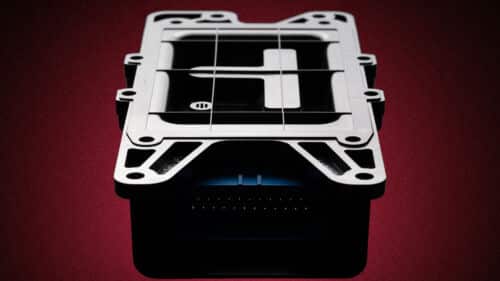
Rugged design
However, this solution was not confined to telematics alone. It also functioned as a fleet management system, seamlessly collecting data from every vehicle within the fleet. Given its prominent position atop vehicles, enduring the vagaries of global weather conditions was a critical consideration. Hence, it necessitated one of the highest IP-ratings, an IP69K certification. This certification attests to the solution’s ability to withstand high-pressure water jets, rigorous cleaning processes, and exposure to fine particulate matter. Furthermore, with an industrial temperature range spanning from -40°C to +85°C, it demonstrated a remarkable capacity to weather extreme environmental conditions.
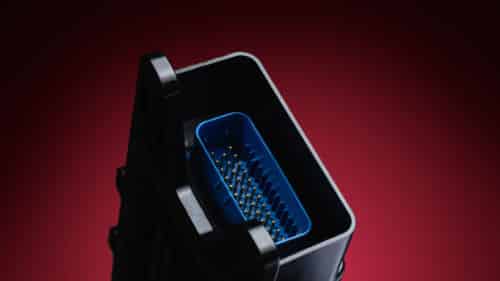
Technical specification:
DIY Testing - Backyard Edition
Use Cases

